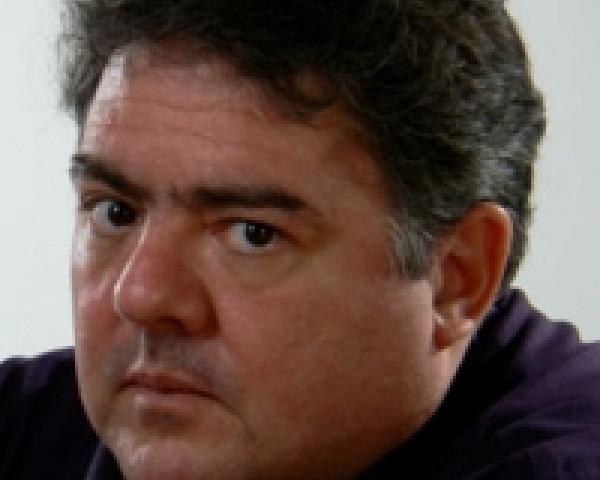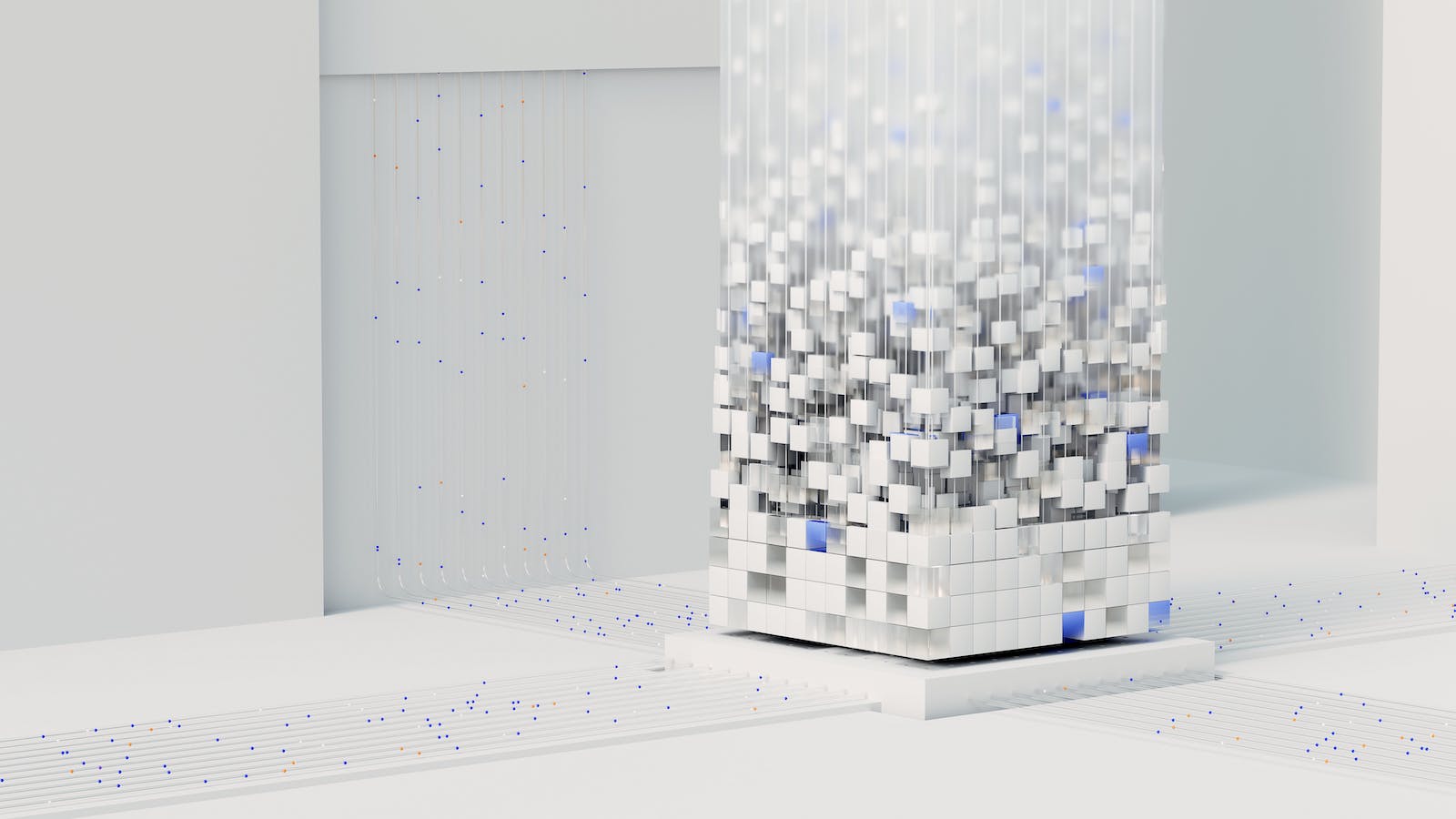What single problem must all engineers solve? Hint: The answer is so simple, you can’t even see it.
The paradox of invisibility
A firefighter may be worth a million dollars per hour when there is a fire and her or she courageously saves lives and salvages property. The value of the firefighter is derived from the severity of the fire. On the other hand, a fire protection engineer can design a thousand buildings that will never burn. But, in the absence of the fire, the true economic value of the engineer cannot be measured.
This is the paradox of invisibility.
Much the same can be said of aircraft that do not crash, bridges that do not collapse and pandemics that do not spread.
What single problem must all engineers solve?
Answer: Engineers remove risk from complex systems. That’s it. This simple fact is true for every single engineer and may even serve as an adequate definition for “engineering” at large. Engineers increase human productivity by reducing the risk to human life and property when confronted with the natural constraints such as gravity, temperature, impact, etc. The value of engineering is literally immeasurable in the absence of the disaster. Hence, it’s a problem so simple you cannot even see it.
But wait, risk can be measured! Insurance companies and financial institutions do it all the time. It turns out that engineers think along the same lines as all risk managers and may deliver solutions that integrate seamlessly into the same computational analysis.
Engineers resolve risk in three ways
Engineers follow a similar thought pattern when addressing problems as the actuary in formulating insurance products. This is so natural that we often don’t recognize what they are doing it.
- Engineers invent ways to identify and define the existence of a peril.
- Engineers invent ways to reduce the probability that the peril will manifest.
- Engineers invent ways to reduce the severity of consequences if the peril does happen.
Each of these actions is identifiable, verifiable and measurable. Each – separately or together -- can increase the efficiency of existing insurance products and facilitate the creation of new or expanded insurance products. Engineers validate the data that insurance depends on. Once validated, the risk resolution may be duplicated endlessly for similar risk exposures and standardized at near zero marginal cost.
See also: A Quarantine Dispatch on the Insurtech Trio
The Innovation Bank
At the Innovation Bank, we are setting up a network platform that uses a combination of game mechanics, blockchain technology and actuarial math to decentralize the engineering and science professions. In the case of fire protection, the Innovation Bank would curate the validated claims of all fire protection engineers, which can be analyzed to estimate how much risk has been removed from the “fire economy.” This value can be represented as a cryptographic token (on a dedicated blockchain) that may be purchased by banks, insurance companies, municipalities, corporations and property owners to access the database to better understand their specific risk exposures. The value of the tokens compensates the engineers to perform more comprehensive fire safety surveys and mitigation strategies. This positive feedback loop eventually can reduce total risk to near zero.
The world is on fire
Fire is only one peril related to one engineering discipline. The reality that confronts civilization today includes multiple complex global systemic risks affecting nearly every facet of life on Earth. These include climate change, pandemics, political instability, grinding debt and wealth inequality.
To untangle every contributing risk exposure and replace it with comprehensive solutions that do not break the bank, we hope to introduce a parallel financial system that hedges the one currently being stretched to the limits. A digital token that represents engineering and scientific risk mitigation would be mutually convertible with national currencies and therefore taxable and transparent to regulatory standards. The two currencies would hedge each other.
Conclusion
The insurance industry faces daunting challenges, including inflation risk, cyclical risk and a plethora of systemic risk exposures. Fortunately, the single problem that all engineers can solve is the reduction of risk – if that reduction can be measured.
The Innovation Bank could be finished within a matter of months for mere Satoshis on the dollar.
Please continue reading articles from the Ingenesist Project at https://ingenesist.com. Our juried paper published by the American Society of Professional Engineers may be found here: The Innovation Bank; Blockchain Technology and the Decentralization of the Engineering Professions. Also, please see our other publications at: Select Publications and Lectures.








